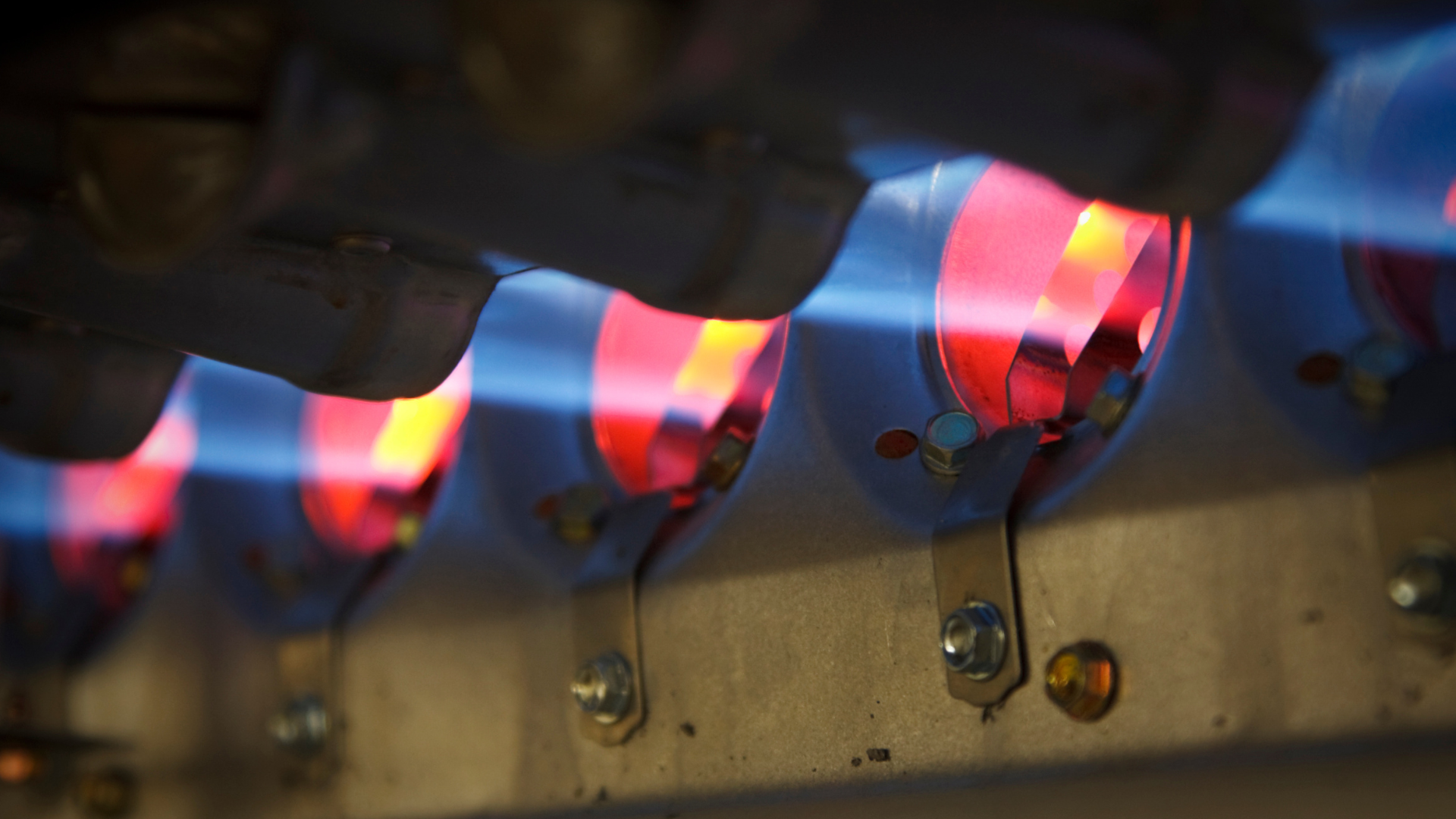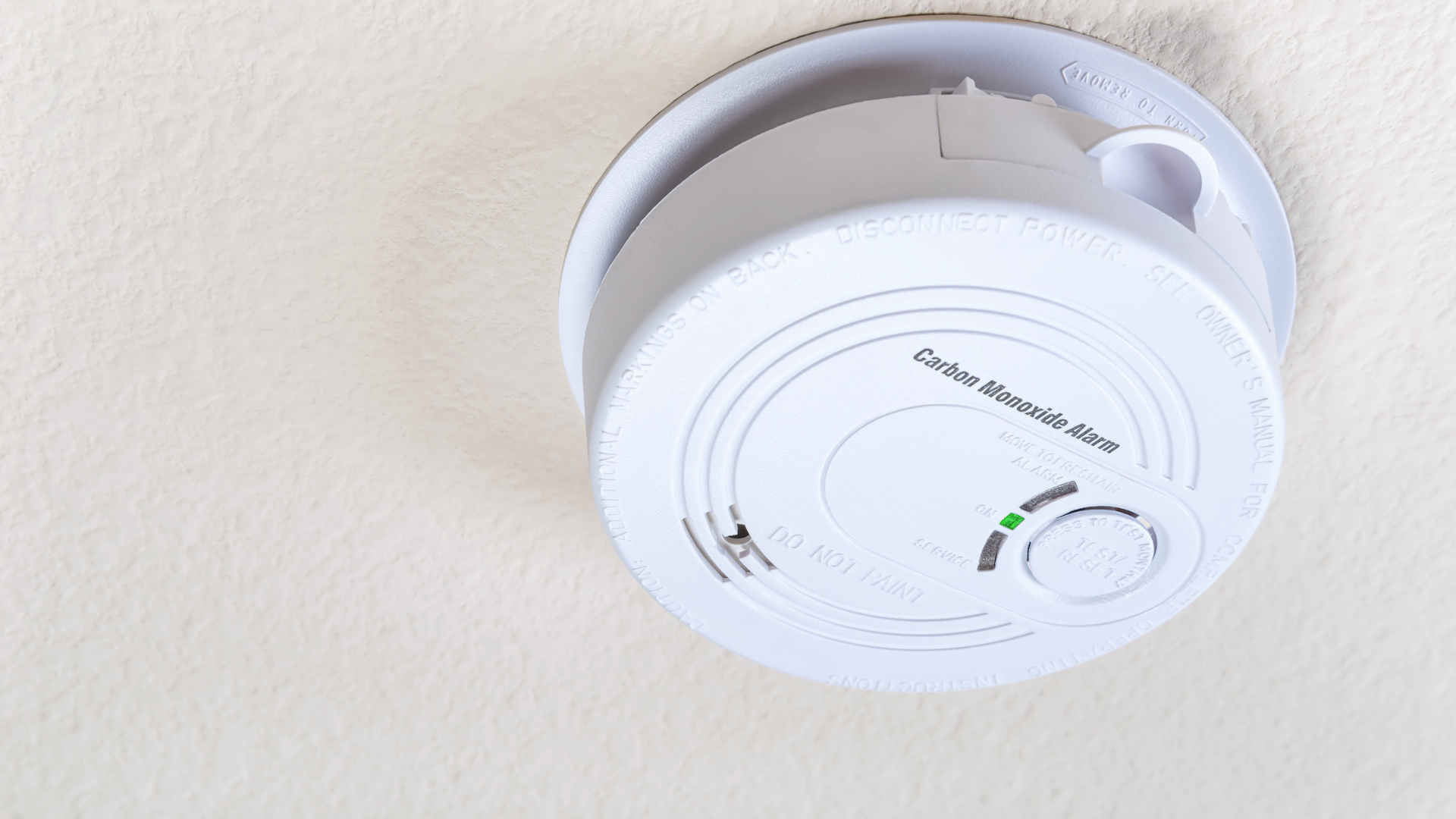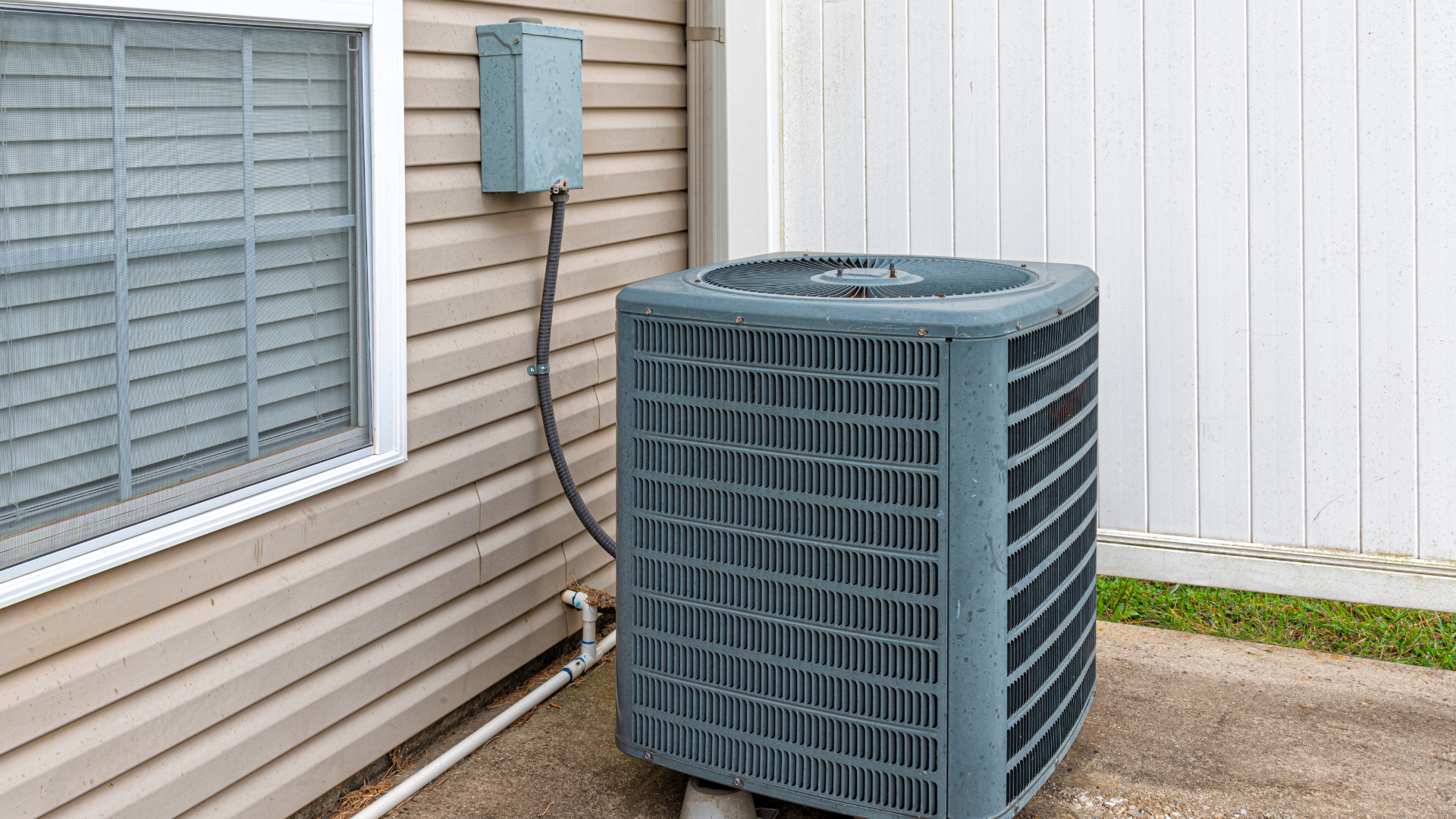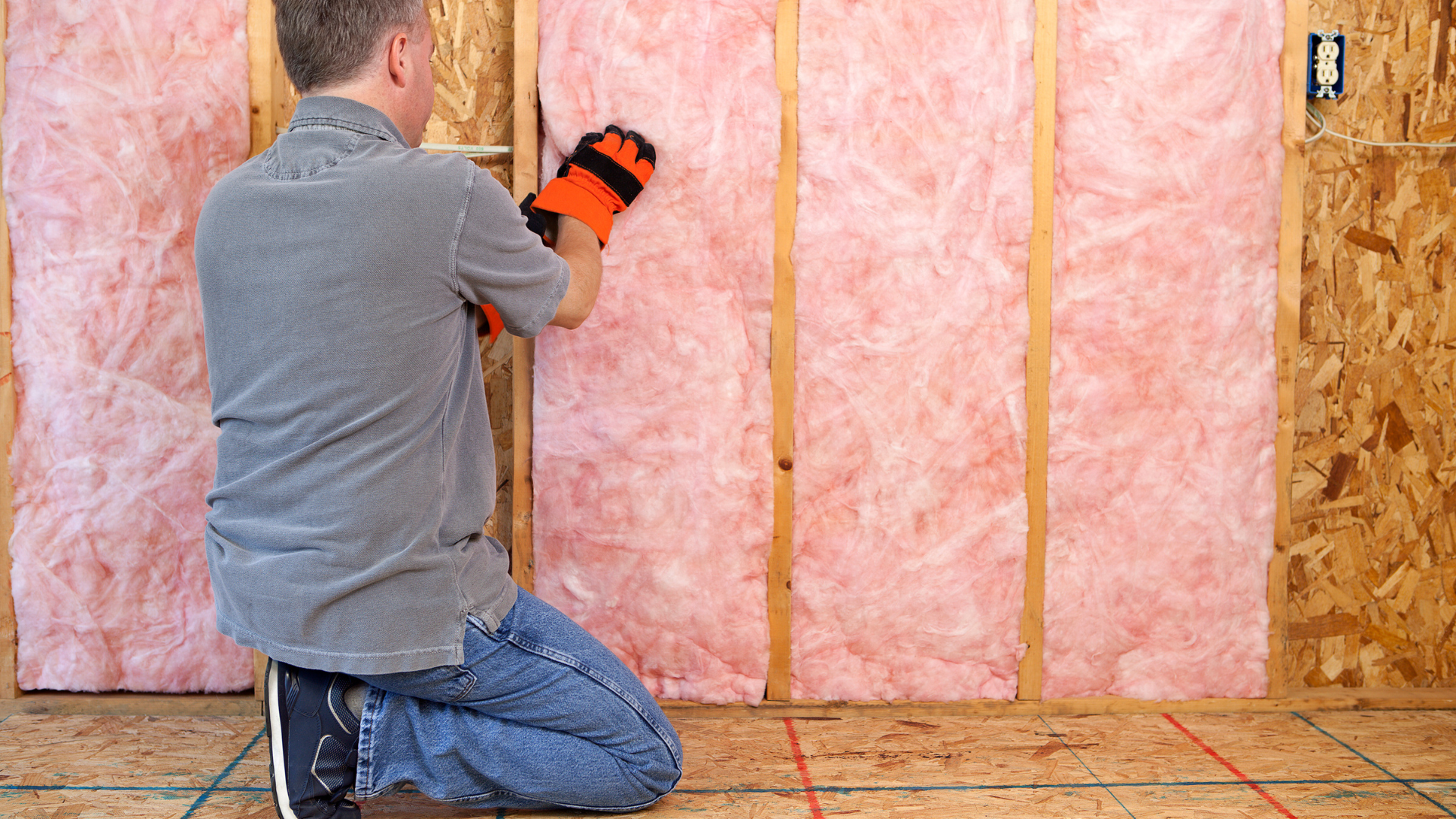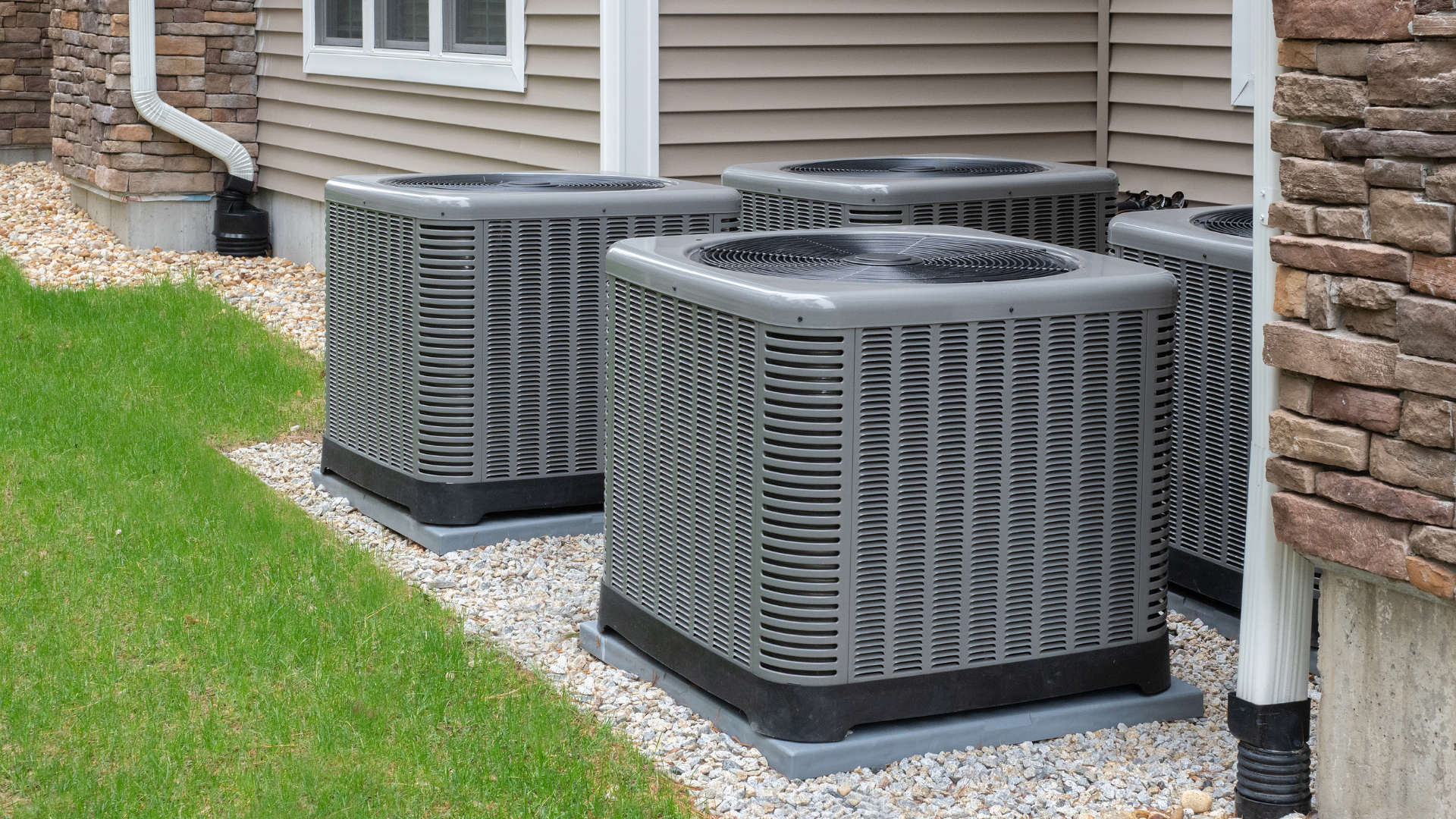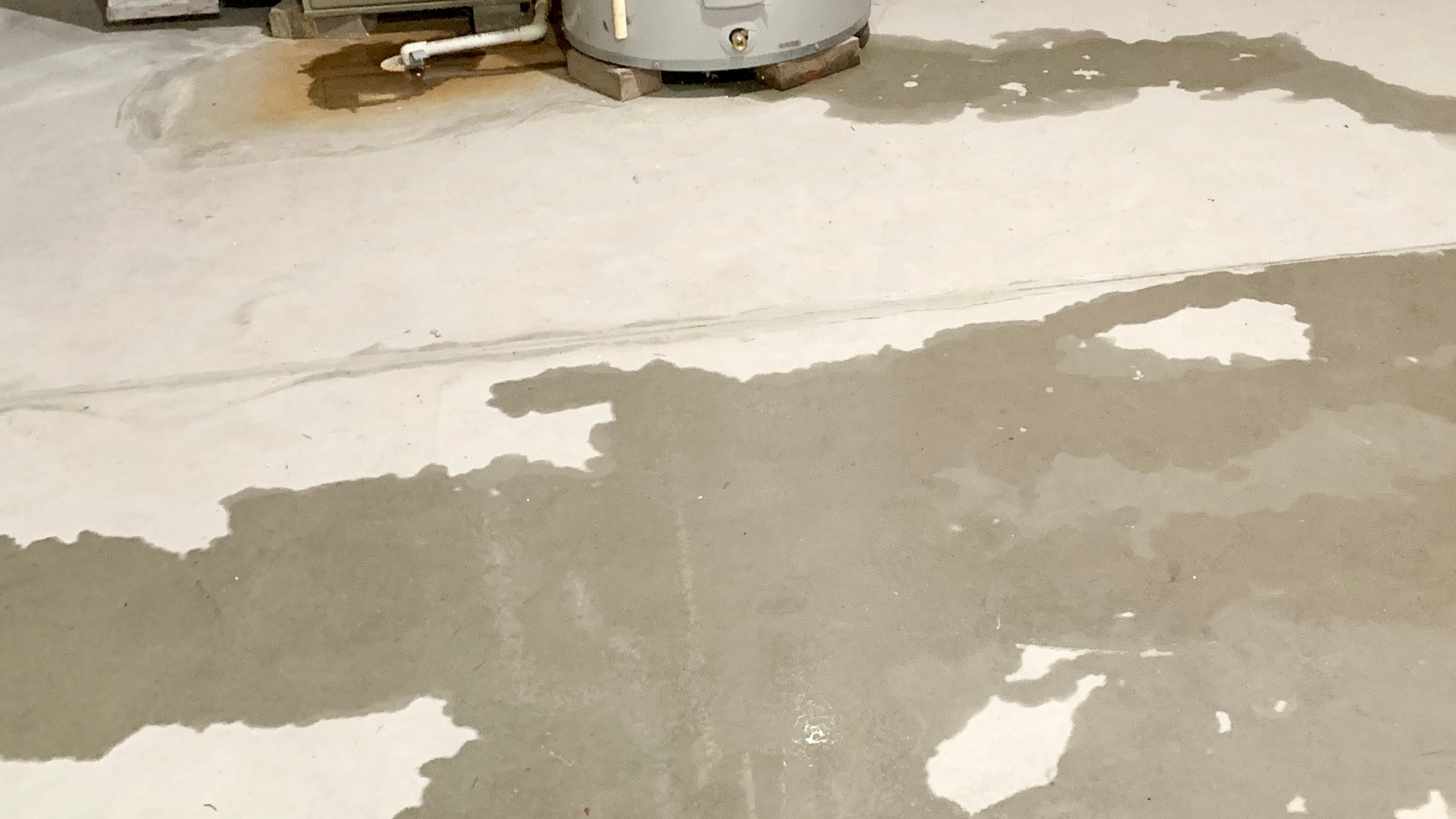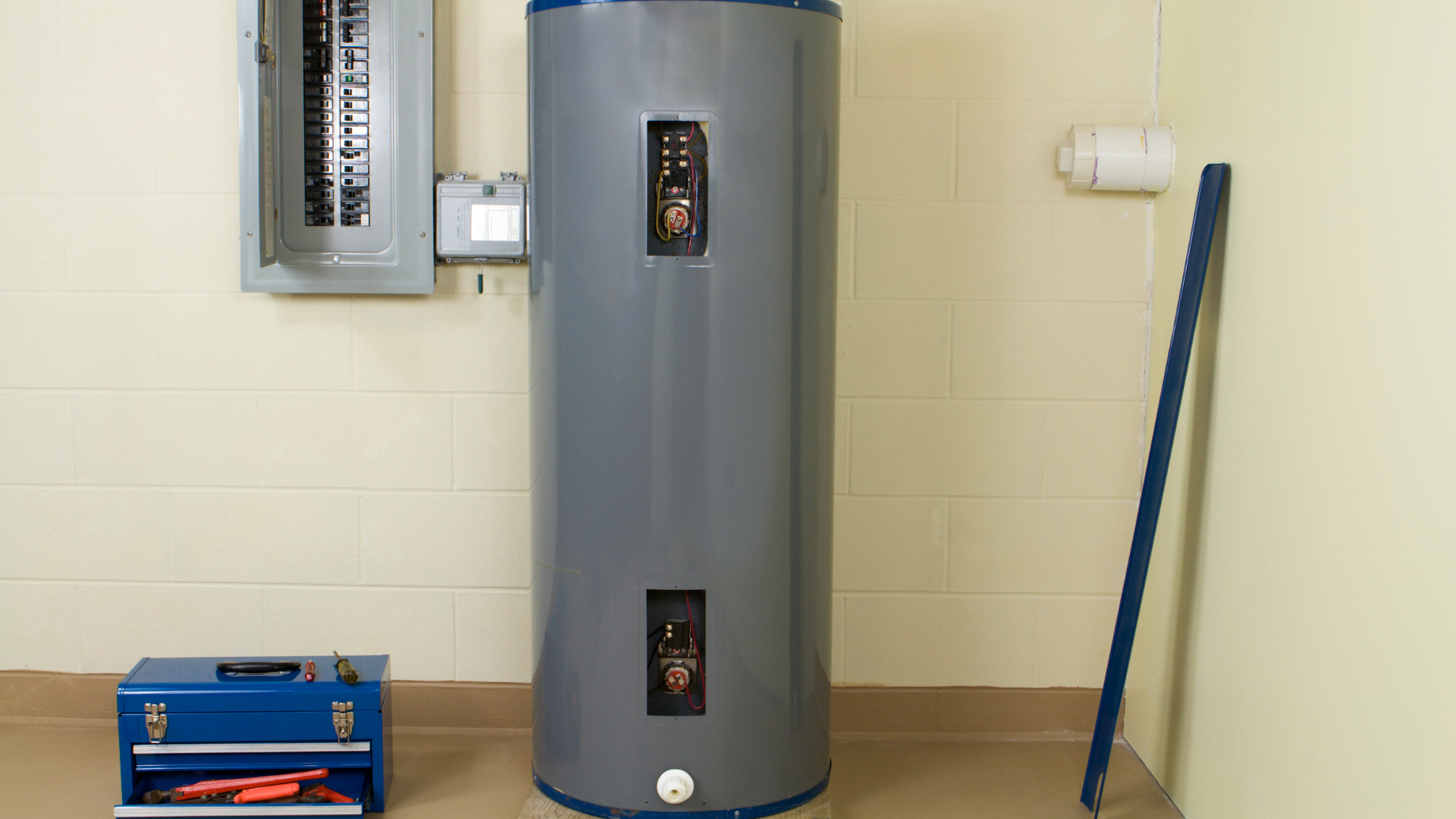Plumbing Pricing: Flat Rate vs. Time and Material
Which Pricing Model is Better for Plumbing?

The water heater just burst, or your drain is hopelessly clogged. You call a plumber, and they offer you different pricing models: flat rate or time and material. Which one is better? Understanding the nuances of each can save you stress and money. This article will break down the pros and cons of both to help you make an informed decision.
Plumbing Pricing: Flat Rate vs. Time and Material
When your pipes leak or your toilet overflows, the last thing you want is a surprise bill. Knowing the difference between flat rate and time and material pricing models can give you peace of mind before the wrench even turns.
What is Flat Rate Pricing?
Flat rate pricing (also known as "upfront pricing" or "guaranteed pricing") means you're given a single, fixed price for the entire job before any work begins. This price covers all parts, labor, and any associated fees. It's not based on how long the job takes, but on the specific task being performed.
Pros of Flat Rate Pricing
- Predictability and Transparency: You know the exact cost upfront. No surprises, no hidden fees. This is the biggest advantage for homeowners.
- Budgeting Made Easy: You can budget for the repair knowing precisely what you'll pay, helping to avoid financial stress.
- No Incentive to Drag Out the Job: Since the plumber gets paid the same amount regardless of how long it takes, there's no motivation for them to work slowly. In fact, they're incentivized to be efficient.
- Peace of Mind: You don't have to worry about unexpected complications adding hours to the bill. If the job takes longer than anticipated, that's on the plumber, not you.
- Standardized Pricing for Common Jobs: For routine repairs like faucet replacements or drain snaking, flat rates often reflect extensive experience in how long these jobs typically take.
Cons of Flat Rate Pricing
- Potentially Higher Initial Cost: Flat rates often incorporate a cushion to cover potential unforeseen issues or delays, as well as the plumber's expertise in providing a guaranteed price. This means the quoted price might sometimes be higher than what a very quick, smooth time-and-material job would be.
- Less Flexibility: The scope of work is typically fixed. If you decide to add small tasks once the plumber is on site, they may require a new flat-rate quote for the additional work.
- May Not Account for Simpler Jobs: Sometimes, a job might be unusually simple or quick due to easy access or minimal complications. With flat rate, you'll still pay the standard price, even if it took the plumber only 15 minutes.
What is Time and Material Pricing?
Time and material pricing is a more traditional approach where you are charged for the actual hours the plumber spends working on the job (labor) plus the cost of any parts and materials used. You'll typically pay an hourly rate for labor and a markup on parts.
Pros of Time and Material Pricing
- Potentially Lower Cost for Simple, Quick Jobs: If the issue is straightforward and easily fixed, you might end up paying less than a flat rate, as you're only paying for the exact time spent.
- Transparency in Itemized Billing: You receive a detailed breakdown of labor hours and material costs, which can feel more transparent to some homeowners.
- Flexibility for Complex or Unforeseen Issues: If a job's scope is truly unknown (e.g., trying to find a hidden leak), this model allows the plumber to investigate and troubleshoot without being constrained by a fixed price, and you pay for the actual time spent on diagnosis and repair.
- Good for Ongoing Projects: For larger renovations or projects where the scope might evolve, time and material can be a practical approach.
Cons of Time and Material Pricing
- Unpredictable Final Cost: This is the biggest drawback. You won't know the total cost until the job is completed. A seemingly simple repair could uncover hidden problems, quickly escalating the final bill.
- Risk of Inflated Hours: While most plumbers are ethical, there's a theoretical incentive for a less scrupulous technician to work slower or take longer breaks, as they're paid by the hour.
- Difficulty in Budgeting: It's hard to set a budget when you don't know the final cost, leading to potential financial strain.
- Can Lead to Disputes: Disagreements over billed hours or material markups can arise if expectations aren't clearly set.
- Requires Trust: You need to trust that the plumber is working efficiently and accurately logging their time.
Which Option is Right for You?
The best pricing model depends on the specific situation and your comfort level with financial predictability:
- For routine, well-defined jobs (e.g., leaky faucet, toilet repair, drain clearing): Flat rate pricing often offers the most peace of mind and predictability.
- For emergency situations where a quick diagnosis is crucial and you need immediate service, or if the problem's scope is truly unknown and requires extensive troubleshooting (e.g., mysterious water leak, complex pipe burst): Time and material might be the only option a plumber can offer upfront, but ensure you discuss estimated ranges and get updates on progress.
- For large renovation projects with an evolving scope: Time and material can offer more flexibility.
Always ask for an estimate in writing, regardless of the pricing model. For time and material jobs, ask for an estimated range of hours and material costs. For flat rate, ensure the price includes everything, and there are no hidden fees.
Understanding these pricing models empowers you to ask the right questions and choose the best option for your plumbing needs, ensuring you get quality service without financial surprises.
Click Another Article to Read More

